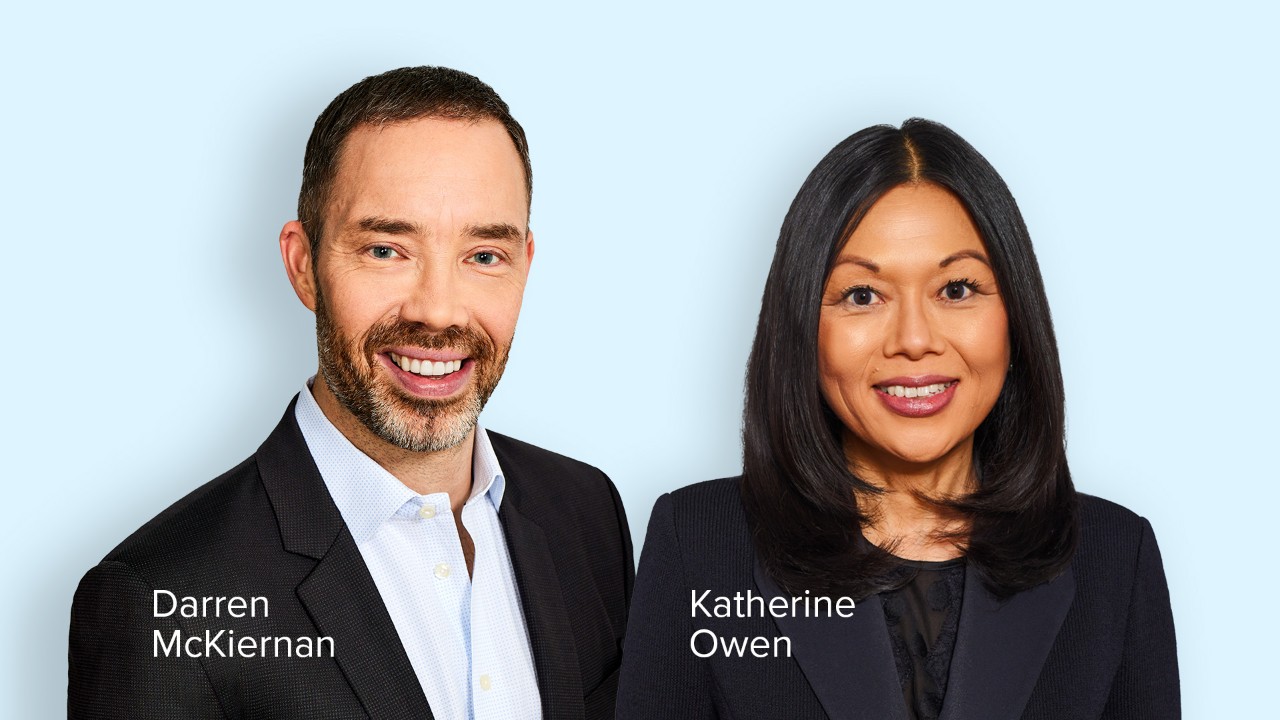
No matter what market conditions prevail, the Mackenzie Global Equity and Income Team believes the key to long-term growth is to identify high-quality companies.
Here, portfolio managers Darren McKiernan and Katherine Owen discuss how their career experiences have shaped their investment approach, their methods of choosing which companies to invest in, and how they identify the business models that have a competitive advantage.
DISCLAIMER Commissions, management fees, brokerage fees and expenses all may be associated with Mutual Funds and Exchange Traded Funds. Please read the prospectus before investing. Mutual Funds and Exchange Traded Funds are not guaranteed, their values change frequently and past performance may not be repeated. The content of this article (including facts, views, opinions, recommendations, descriptions of or references to, products or securities) is not to be used or construed as investment advice, as an offer to sell or the solicitation of an offer to buy, or an endorsement, recommendation or sponsorship of any entity or security cited. Although we endeavour to ensure its accuracy and completeness, we assume no responsibility for any reliance upon it. This article may contain forward-looking information which reflect our or third party current expectations or forecasts of future events. Forward-looking information is inherently subject to, among other things, risks, uncertainties and assumptions that could cause actual results to differ materially from those expressed herein. These risks, uncertainties and assumptions include, without limitation, general economic, political and market factors, interest and foreign exchange rates, the volatility of equity and capital markets, business competition, technological change, changes in government regulations, changes in tax laws, unexpected judicial or regulatory proceedings and catastrophic events. Please consider these and other factors carefully and not place undue reliance on forward looking information. The forward looking information contained herein is current only as of August 31, 2023. There should be no expectation that such information will in all circumstances be updated, supplemented or revised, whether as a result of new information, changing circumstances, future events or otherwise.